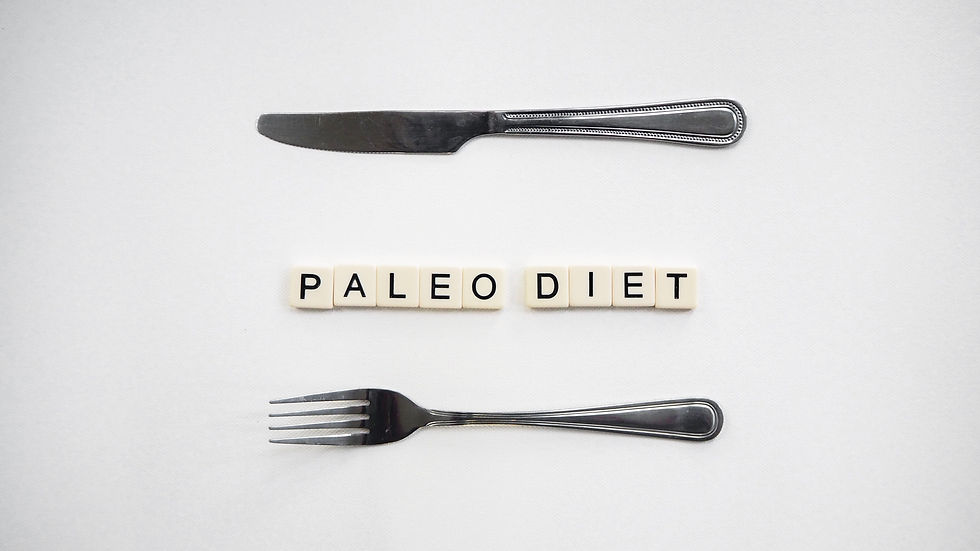The Paleo Diet: Embracing Our Ancestral Eating Habits
Welcome to the fifth installment of our Diet Dossier series! In this post, we'll explore the Paleo Diet, an eating plan that focuses on foods our hunter-gatherer ancestors would have consumed. We'll discuss the principles behind the Paleo Diet, its potential benefits, and address any potential drawbacks and concerns.

The Principles Behind the Paleo Diet
The Paleo Diet, also known as the Paleolithic or Caveman Diet, is based on the idea that our modern eating habits contribute to many chronic health issues. The diet encourages consuming whole, unprocessed foods that would have been available to our ancestors during the Paleolithic era, approximately 2.5 million to 10,000 years ago. Key elements of the Paleo Diet include:
Lean meats: Grass-fed, pasture-raised meats, wild game, and poultry are emphasized.
Fish and seafood: Wild-caught fish and shellfish are preferred sources of protein and healthy fats.
Fruits and vegetables: A variety of fresh fruits and vegetables provide essential vitamins, minerals, and antioxidants.
Nuts and seeds: These nutrient-dense foods offer healthy fats, protein, and fiber.
Healthy fats: Sources of healthy fats include avocado, coconut oil, olive oil, and animal fats from grass-fed animals.
The Paleo Diet discourages the consumption of grains, legumes, dairy, refined sugars, and processed foods.
Potential Benefits of the Paleo Diet
The Paleo Diet has been associated with several health benefits, including:
Weight loss: The diet's focus on whole, nutrient-dense foods can lead to natural calorie reduction and weight loss.
Improved digestion: Eliminating processed foods, refined sugars, and grains may help alleviate digestive issues and promote gut health.
Reduced inflammation: The Paleo Diet emphasizes anti-inflammatory foods, which may help reduce inflammation and support overall health.
Better blood sugar control: The diet's low glycemic load can help stabilize blood sugar levels and may benefit individuals with diabetes or prediabetes.
Increased nutrient intake: By emphasizing whole, unprocessed foods, the Paleo Diet can provide a variety of essential nutrients.
Potential Drawbacks and Concerns
While the Paleo Diet offers numerous benefits, there are some potential drawbacks to consider:
Restrictive nature: The elimination of grains, legumes, and dairy may be challenging for some people to maintain long-term.
Nutrient deficiencies: The exclusion of certain food groups may lead to deficiencies in nutrients such as calcium and vitamin D.
Cost: The emphasis on grass-fed meats, wild-caught fish, and organic produce can be more expensive than conventional alternatives.
Sustainability concerns: The increased demand for animal-based foods associated with the Paleo Diet raises concerns about environmental sustainability and resource usage.
In conclusion, the Paleo Diet encourages the consumption of nutrient-dense, whole foods that may support weight loss and overall health. However, it's important to consider individual needs and preferences when deciding if this eating plan is right for you. Stay tuned for our next blog post in the Diet Dossier series, where we'll delve into the Plant-Based Diet and discuss its potential benefits and challenges.
Regards ChrisFit





































